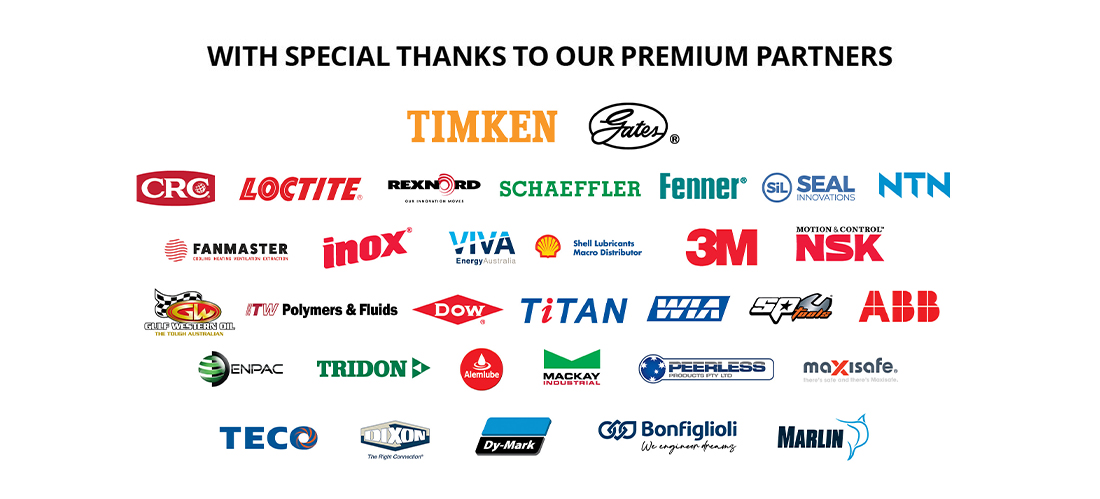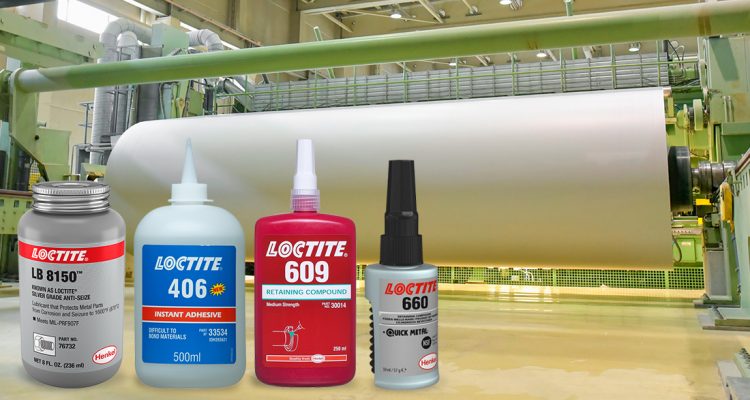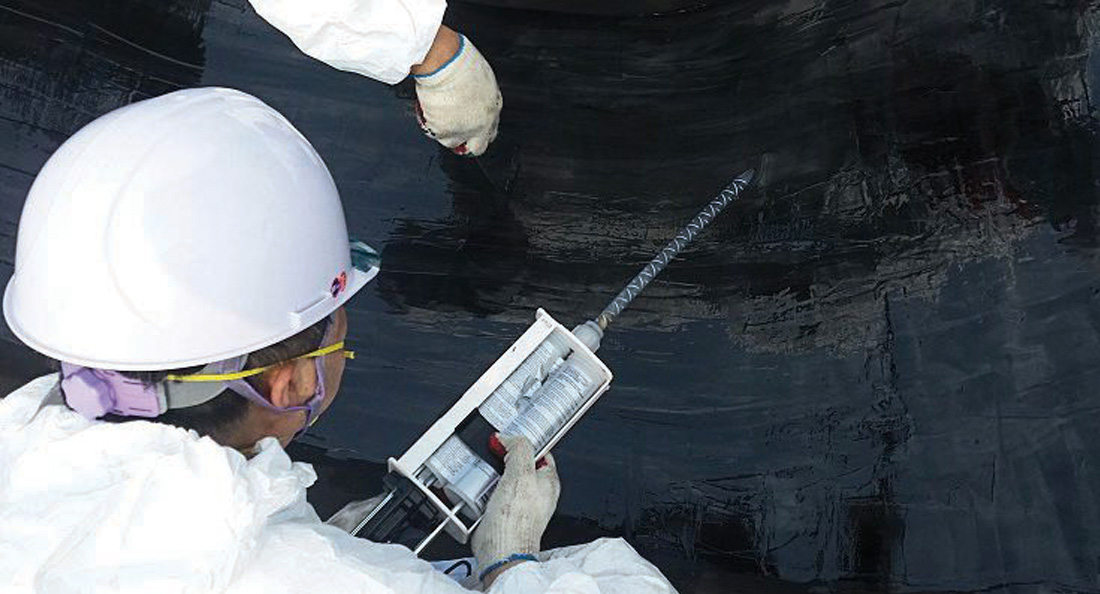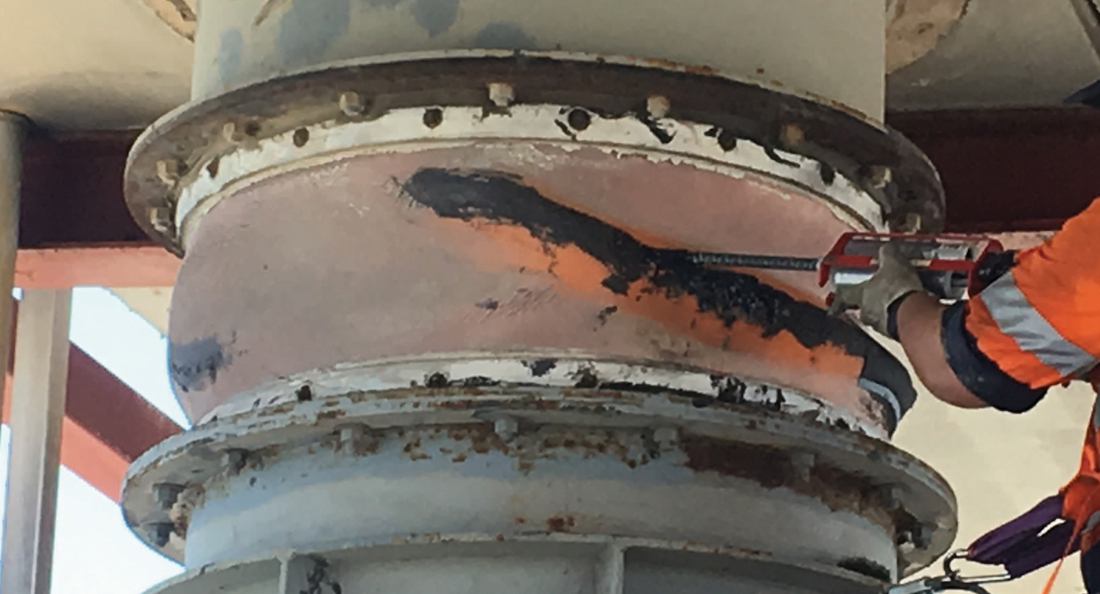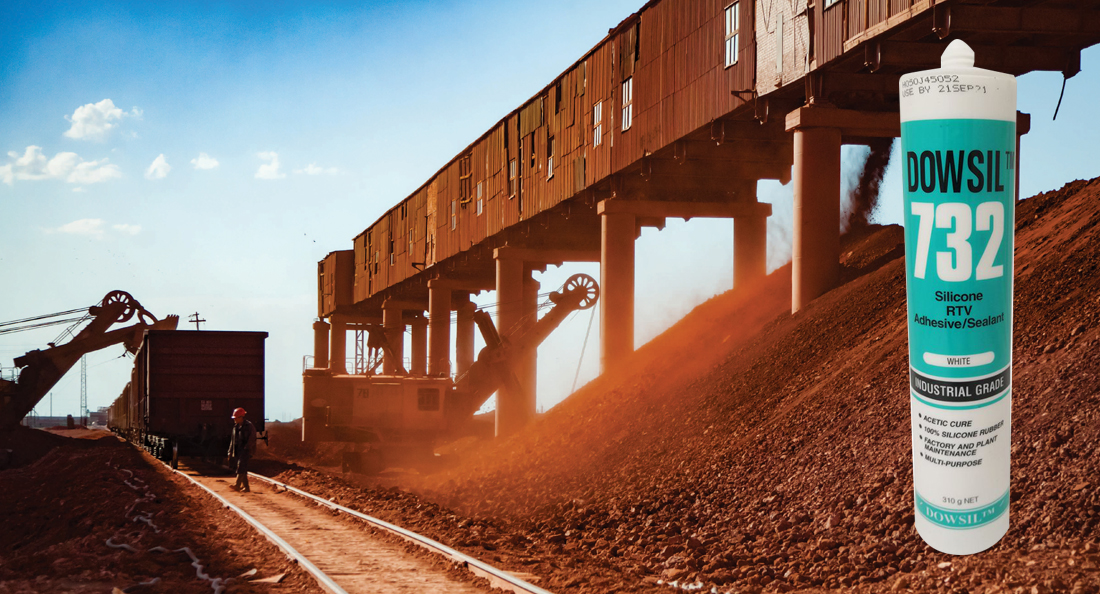Making paper requires a lot of chemical processing and high temperature applications for steaming and pressing the paper products. At a major paper manufacturing plant in Victoria, hundreds of staff work to output a significant volume of product on a short timeline, accommodating the high demand for paper and pulp products on the Australian market.
“This particular client is responsible for manufacturing the bulk of paper supplies for the whole of Australia,” says BSC Key Account Executive, Duncan McKellar. “This puts an enormous amount of pressure on them as an operation because if their equipment is not performing correctly, the resulting downtime can be extremely costly for them,” he continues, adding; “when we need to assist in streamlining parts and maintenance for operations of this scale, this is when having solid relationships with our supply partners becomes critical for our own business operations.”
According to Duncan, there have been three LOCTITE® products that have saved the day on a few occasions at the site — LOCTITE 660 Compound, LOCTITE 609 Retaining Compounds, and the LOCTITE 406 Instant Adhesive.
The LOCTITE 660 is a high strength retaining compound with good gap filling properties. It is an anaerobic adhesive that cures in the absence of air between metal surfaces and has gap filling capabilities of up to half a millimetre per side on a shaft.
“The paper plant site has a lot of driveshafts running around the clock, and the rotating shafts experience intense wear over time,” explains Duncan. “When there is shaft wear, the component needs to be either repaired or replaced. Shafts are difficult and expensive to replace, so the preferrable option is to perform repairs on the shafts — resulting in an enormous amount of time and effort being saved.”
“Imagine needing to replace a bearing and the shaft is worn undersize; a reliable fix is to bond shims on the shaft where the bearing will sit. This will help place the bearing central to the shaft,” says Duncan. “Applying the LOCTITE 660, will fill the gap and bond the two surfaces together, allowing you to get your equipment back into service.”
The LOCTITE 609 is a medium to high strength retaining compound developed specifically for close fitting cylindrical assemblies. Great for use on new installation, but equally good during maintenance, when replacing your worn bearing. Similar to the LOCTITE 660, these anaerobic products fill the gaps between two mating metal surfaces, providing a strong assembly that will keep up to the rigors of any manufacturing plant.
The LOCTITE 406 is a general-purpose instant adhesive, specially formulated for difficult to bond substrates like rubbers and plastics. But according to Duncan it is used most frequently for joining and splicing custom-made O-rings.
“O-rings are a critical part of sealing for air or liquids,” he explains. “When a standard O-ring cannot be used on an oddly shaped machine such as an industrial exhaust outlet or a pipe connection, then O-ring cord by the metre is used.”
In this instance, elaborates Duncan, “Maintenance workers will cut their own custom length ring and then they need a very good bonder to bond it together, the LOCTITE 406 does that job.”
The paper plant was ordering significant quantities of LOCTITE products intended for multiple different kinds of use across the site. The issues they were experiencing were complex, according to Duncan. “There was a combination of factors at play. There was such a vast range of LOCTITE products being shipped to the site; all intended for different usages. In addition to this, there were more than 100 maintenance staff at any given time.”
The solution he suggested was to organise a two-day companywide LOCTITE training session for all the engineers, fitters, repair, and maintenance staff — no matter what their background, or length of employment at the company.
“One of the reasons we enjoy working with LOCTITE so much is that they are an organisation that really prides themselves on their training programs,” says Duncan. “I called in Shane Saltmarsh who is one of LOCTITE’s Product Engineers, heading up the delivery of intensive training programs to the manufacturing sector,” he continues. “I knew that Shane would find a way to facilitate the training for that number of people and we would be able to work with him on the logistics of delivering it to the paper plant workers.”
Shane Saltmarsh has been working for LOCTITE for eight years, looking after their product management and training programs for areas in South-Eastern Victoria and Tasmania. He highlights some of the key products in the LOCTITE range, as well as the purposes and benefits they offer to industrial manufacturing businesses.
“As we know, traditional mechanical fasteners tend to become loose,” he says. “The LOCTITE Threadlocker range looks at replacing traditional mechanical fasteners with chemical threadlockers that can withstand thermal cycling and great amounts of vibration.”
“The LOCTITE 277 is excellent on critical fastening applications,” he explains. “To loosen it, you would need to apply isolated heat up to 200°C, which would then soften the cured LOCTITE. The LOCTITE 277 also has a high chemical resistance that can stand up to any ingress of chemical contamination.”
Another vital compound for eliminating the risk of threads seizing under stress from high-heat and exposure to moisture is LOCTITE LB 8150 Silver Grade Anti-Seize, according to Shane.
“The LOCTITE LB 8150 Silver Grade Anti-Seize handles high temperatures very well and is suited to stainless steel and aluminium parts he explains. “It is formulated with high quality synthetic grease mixed with a graphite and aluminium base, resists galling of your parts during assembly and has high temperatures rating up to 870°C. It also protects against corrosion on if used on exposed threads.”
LOCTITE and BSC are industrial partners in assisting a wide range of customers with adhesive applications including chemical threadlockers, chemical retaining compounds, and anti-seize products.
“We share a joint cause through on-site training, consulting, and advising end-users, with the goal of ensuring our customers are getting the best out of whatever product they are using,” says Shane. “I conduct those training sessions and I engage with BSC sales representatives to organise and schedule training sessions to give maintenance teams an overview of how each product works.”
Shane stresses the importance of personnel understanding how to select the right product for the right application, explaining that on-site training helps to determine the right adhesive for different types of substrates through demonstration.
“LOCTITE invests a lot into research and development of new and existing products,” says Shane. “We understand how to bond specific substrates, so the best thing a manufacturer can do is invite us to get involved at the development stage of a production process, to avoid potential bonding and adhesive issues down the track with the end-product.”
